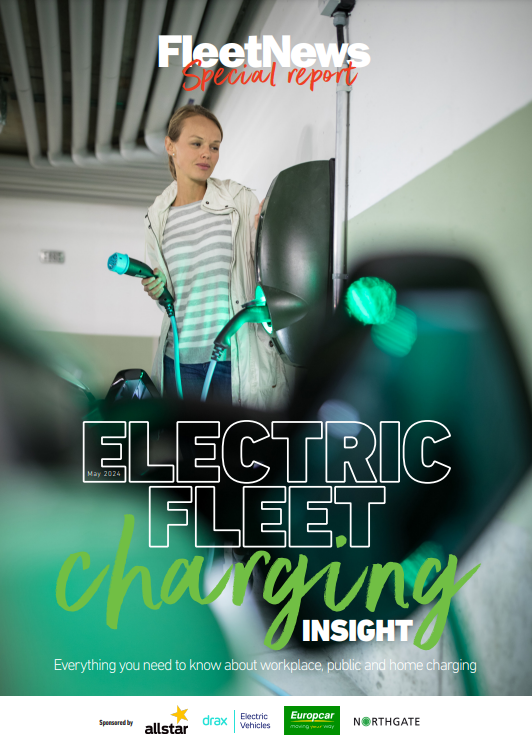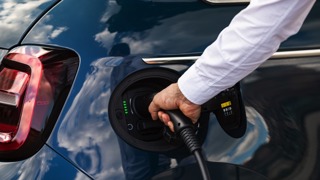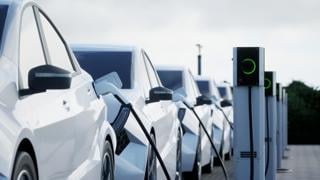Charging is one of the biggest challenges faced by fleets and their drivers in the transition to full electric.
Workplace charging requires fleet decision-makers to learn and understand a new set of skills, while engaging a broad range of stakeholders, from facilities to finance to external providers such as distribution network operators (DNOs) and charge point suppliers. Issues to resolve include charger numbers and speeds, maintenance plans, future proofing, site capacity and tackling the challenge of leased office/depots.
Home charging raises a number of questions: who pays for the charger – employee or company – and does this depend on whether the asset is a car or van? How will it be funded – one-off payment or added to the lease and spread over the operating cycle? What is the reimbursement policy? And what happens if someone can’t charge at home?
The charging type causing most consternation is the public network (either on-route or destination). Fleet and their drivers are concerned about the size of the network and location of chargers, reliability and availability, and reimbursement policies, particularly with the higher cost of rapid charging.
The Fleet News Electric Fleet report breaks down the challenges affected each of the charging types and provides advice and guidance to help fleet decision-makers navigate their way through the EV transition journey.
























Login to comment
Comments
No comments have been made yet.